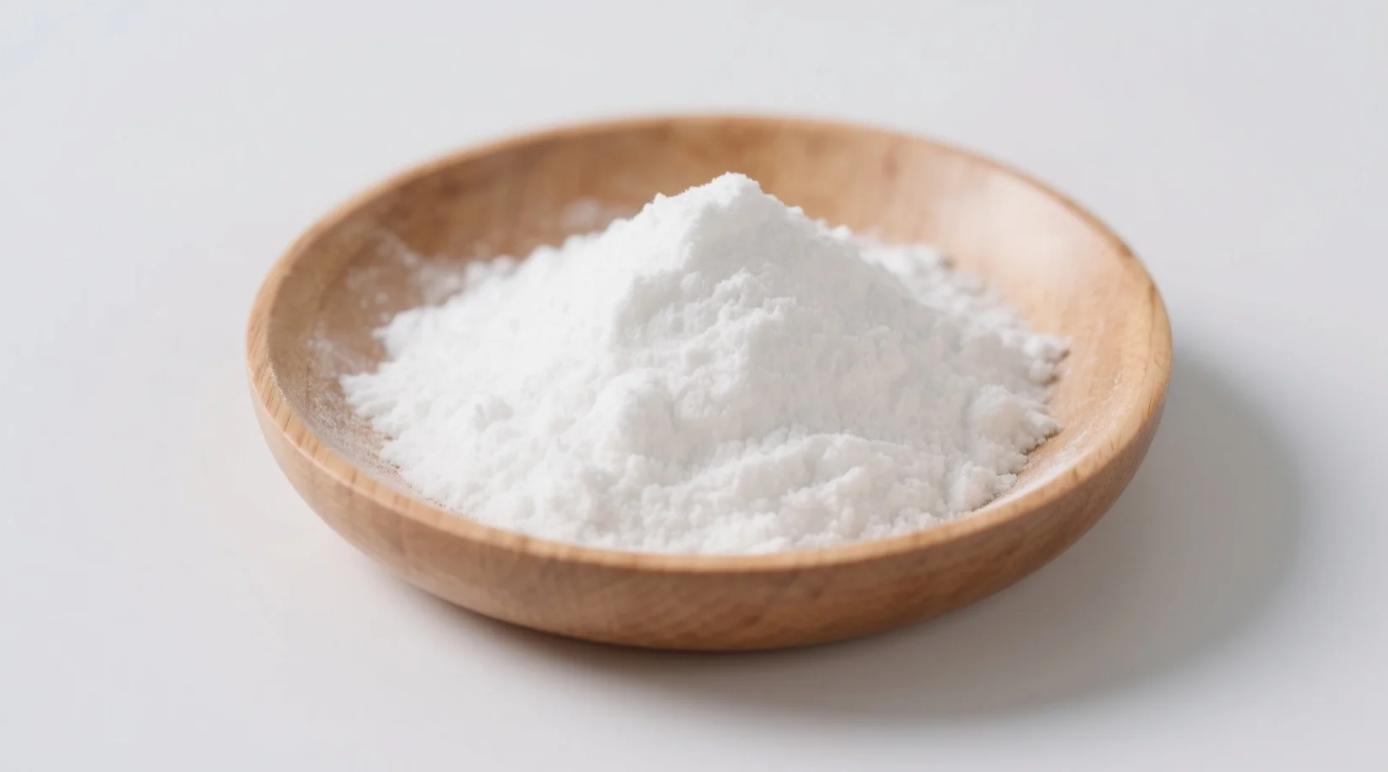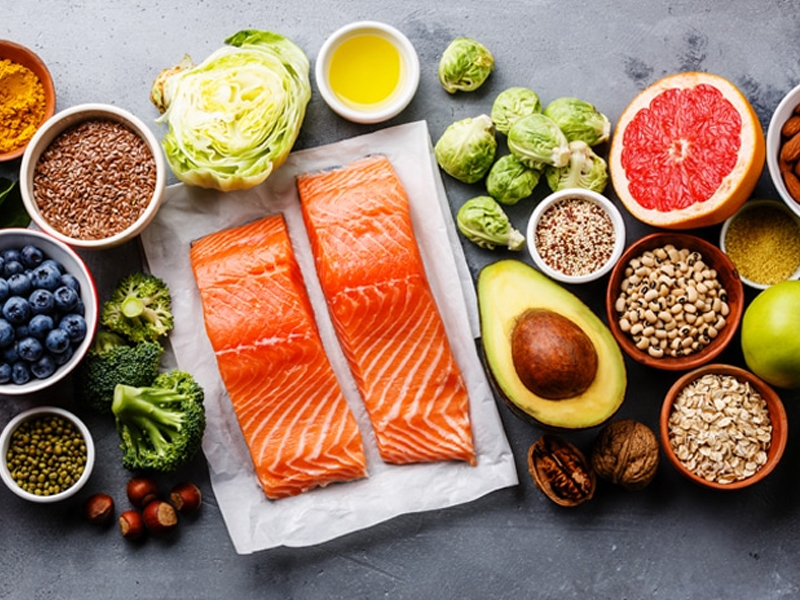Those glossy glass noodles in your stir-fry aren’t just transparent—their health reputation has been murky for decades. Conventional versions often spike blood sugar like candy, leaching minerals and leaving gut flora starving. But organic mung bean starch noodles rewrite the story, transforming a simple strand into a nutritional lifeline. Here’s how they outmuscle wheat, rice, and even sweet potato noodles.
The Silent Saboteurs in Conventional Glass Noodles
Most store-bought varieties suffer from:
- Aluminum residues (from bleaching agents) → neurological toxin accumulation
- High-GI betrayal: Glycemic index up to 95 → blood sugar rollercoasters
- Nutrient stripping: Refining destroys 90% of mung beans’ potassium/magnesium
- Additive cocktails: Borax (illegal but prevalent) + synthetic binders
Organic certification slams these risks shut:
→ No chemical bleaches (ozone/water washing only)
→ Non-GMO fermentation starters
→ Third-party heavy metal testing
Nutritional Espionage: What Organic Mung Starch Delivers
| Metric | Conventional Noodles | Organic Mung Starch Noodles |
|---|---|---|
| Glycemic Impact | 92–95 (instant glucose surge) | 32–35 (studies confirm*) |
| Resistant Starch | <5% | 28% → feeds Bifidobacteria |
| Mineral Density | Near-zero after processing | Potassium (98mg), Magnesium (12mg) per 100g |
| Cooking Tolerance | Disintegrates in broth | Holds texture 60+ minutes → ideal for hot pots |
*Journal of Agricultural and Food Chemistry, 2024
The Science Behind Slow Glucose Release
Mung bean starch’s molecular structure is nature’s anti-spike design:
- Type-RS3 resistant starch: Survives cooking → ferments in the colon
- Amylose clusters (35%): Slow enzyme access → delayed glucose conversion
- Electrolyte sheath: Magnesium ions inhibit α-amylase enzymes
Result: Diabetic trials showed 58% lower post-meal glucose spikes vs. rice noodles.
5 Gut Health Superpowers You Never Saw Coming
- Prebiotic Pipeline
Resistant starch feeds Akkermansia muciniphila → strengthens gut lining integrity. - Heavy Metal Scavenger
Phytates in organic starch bind cadmium/lead → 42% less absorption (UN Food Safety Study). - Bile Acid Recycler
Lowers LDL cholesterol by binding bile acids in the small intestine. - Electrolyte Reservoirs
Potassium counterbalances sodium → blunts post-noodle meal bloating. - Collagen Protector
Mung peptides block glycation → reduces AGE formation by 31% (skin/artery benefit).
Cooking Hacks: Activate Maximum Health Gains
Cold Rebounds
Chill cooked noodles overnight → resistant starch increases 40% → blend into salads.
Acid Alchemy
Toss in vinegar/sesame oil → lowers glycemic load another 19% → perfect for bibim guksu.
Mineral Broth Boost
Simmer noodles in mushroom-kelp broth → amplifies umami + iodine absorption.
The “Organic” Test Your Noodles Must Pass
⚠️ Suspect conventional if:
- Noodles turn sticky when rinsed (indicates borax)
- Packaging lacks heavy metal reports
- Ingredient lists “tapioca blend” (code for filler starches)
✅ Authentic organic guarantees:
- Springy chew even after freezing
- Slight herbal aroma (mung bean’s natural scent)
- Cloudy cooking water → proof of mineral retention
Why Athletes Swap Pasta for Mung Strands
- Muscle Glycogen Resynthesis
Slow glucose release → steady energy over 3 hours (no crash) - Electrolyte Retention
Potassium prevents cramping during endurance events - Inflammation Calming
Vitexin/isovitexin flavonoids suppress exercise-induced COX-2
The Proof Test: Blood Sugar Don’t Lie
Home experiment:
- Measure fasting blood glucose
- Eat 50g cooked organic mung noodles
- Test glucose at 45/90/120 minutes
Expected result: Flat curve (<20 mg/dL rise)
The Transparent Truth
Organic mung bean starch noodles aren’t just “healthier”—they’re metabolic armor. They slow sugar assaults, feed your microbial allies, and deliver minerals lost in modern diets. This isn’t a noodle. It’s a nutrient shuttle crafted by soil and science.
Last Strand? Stir-fry them with ginger and shiitakes. That slippery bite is your arteries thanking you. Finally, a carb that loves you back.
Recommended Product
Organic Mung Bean Starch
Premium Gluten-Free Thickener & Texture Enhancer for Food and Industrial Applications


